Home>Renovation & DIY>Home Renovation Guides>How To Qualify For Home Improvement Loan


Home Renovation Guides
How To Qualify For Home Improvement Loan
Modified: February 25, 2024
Learn how to qualify for a home improvement loan with our comprehensive home renovation guides. Get the financing you need to transform your space.
(Many of the links in this article redirect to a specific reviewed product. Your purchase of these products through affiliate links helps to generate commission for Storables.com, at no extra cost. Learn more)
Introduction
Embarking on a home improvement project can be an exciting endeavor. Whether you're envisioning a sleek, modern kitchen, a cozy and inviting living space, or a luxurious bathroom retreat, the prospect of transforming your home to better suit your needs and style is undoubtedly enticing. However, the financial aspect of such a venture can often pose a significant hurdle. This is where home improvement loans come into play, offering a viable solution to fund your renovation dreams.
In this comprehensive guide, we will delve into the intricacies of home improvement loans, exploring the various types available, the essential criteria for qualifying, and the factors that can influence your eligibility. By understanding the nuances of these loans and the steps you can take to bolster your chances of qualification, you will be better equipped to navigate the process with confidence and clarity.
Whether you're a seasoned homeowner seeking to revitalize your living space or a first-time buyer eager to transform a fixer-upper into your dream home, the information presented here will serve as a valuable resource. Let's embark on this enlightening journey to uncover the key insights and practical tips that will empower you to qualify for a home improvement loan and embark on your renovation endeavors with assurance and optimism.
Key Takeaways:
- Home improvement loans offer flexible financing options for various renovation projects, empowering homeowners to enhance their living spaces without depleting their savings or disrupting their financial stability.
- Qualifying for a home improvement loan involves proactive steps such as managing debt responsibly, strengthening creditworthiness, and aligning with lender criteria, enabling homeowners to secure favorable financing for their renovation aspirations.
Understanding Home Improvement Loans
Home improvement loans are financial tools designed to provide homeowners with the means to fund renovations, repairs, or upgrades to their properties. These loans offer a convenient way to access the necessary funds without depleting savings or disrupting existing investments. By opting for a home improvement loan, individuals can embark on projects that enhance the functionality, aesthetics, and value of their homes.
One of the key advantages of home improvement loans is their flexibility. They can be utilized for a wide array of projects, ranging from minor cosmetic enhancements to major structural overhauls. Whether you aspire to modernize your kitchen, revamp your landscaping, or undertake essential repairs, a home improvement loan can cater to diverse renovation needs.
Furthermore, home improvement loans often feature competitive interest rates, making them a cost-effective financing option for homeowners. Additionally, the repayment terms are typically structured to accommodate varying budgetary constraints, offering borrowers the flexibility to choose a repayment plan that aligns with their financial circumstances.
It is important to note that home improvement loans differ from home equity loans or home equity lines of credit (HELOCs), as they are specifically tailored to fund renovation projects. While home equity loans leverage the equity built in the property as collateral, home improvement loans may not necessarily require equity and can be accessible to a broader spectrum of homeowners.
By gaining a comprehensive understanding of home improvement loans, homeowners can make informed decisions regarding their renovation financing. This knowledge equips individuals with the insights needed to navigate the loan application process and select the most suitable financing option for their specific renovation goals.
Types of Home Improvement Loans
When considering home improvement financing, it’s essential to explore the various types of loans available to determine the most fitting option for your renovation project. Understanding the distinct features and eligibility criteria of each loan type can empower you to make an informed decision regarding your financing strategy.
1. Personal Loans: Personal loans are unsecured loans that can be utilized for a wide range of purposes, including home improvements. These loans do not require collateral and are based on the borrower’s creditworthiness. Personal loans offer flexibility in terms of loan amounts and repayment periods, making them a versatile choice for financing renovation projects.
2. Home Equity Loans: Home equity loans allow homeowners to borrow against the equity in their homes. This type of loan typically offers a lump sum with a fixed interest rate, making it suitable for large-scale renovation projects. Home equity loans are secured by the property’s value and may have tax-deductible interest, providing potential financial advantages for qualified borrowers.
3. Home Equity Line of Credit (HELOC): HELOCs also leverage the equity in a home, but they function as a revolving line of credit, akin to a credit card. Borrowers can withdraw funds as needed, up to a predetermined credit limit, and interest is only accrued on the amount utilized. HELOCs offer flexibility and ongoing access to funds, making them ideal for projects with fluctuating costs or phased renovations.
4. Government-Backed Loans: Certain government programs, such as the Federal Housing Administration (FHA) Title I Property Improvement Loan Program, offer loans specifically tailored for home improvements. These loans are insured by the government, providing lenders with added security and enabling borrowers who may not qualify for traditional loans to access renovation financing.
By familiarizing yourself with the diverse array of home improvement loans, you can identify the most suitable option based on your financial circumstances, renovation objectives, and eligibility criteria. Each loan type presents unique benefits and considerations, allowing homeowners to select the financing solution that aligns with their specific needs and preferences.
Qualifying for a Home Improvement Loan
Qualifying for a home improvement loan hinges on several key factors, including creditworthiness, income stability, and the value of the property. Lenders assess these factors to determine the borrower’s ability to repay the loan and the level of risk associated with the financing. Understanding the essential qualifications for securing a home improvement loan is pivotal in navigating the application process with confidence.
1. Credit Score: A solid credit score is a fundamental criterion for loan approval. Lenders typically prefer borrowers with good to excellent credit scores, as this demonstrates a history of responsible financial management. While some loan options may accommodate lower credit scores, a higher credit rating can enhance eligibility and potentially result in more favorable loan terms.
2. Income and Employment Stability: Lenders evaluate the borrower’s income and employment history to gauge their capacity to repay the loan. Stable employment and a consistent income stream are favorable indicators that bolster the borrower’s eligibility. Additionally, lenders may scrutinize the debt-to-income ratio to ensure that the borrower can comfortably manage the additional financial obligation of the loan.
3. Property Value: The value of the property serves as collateral for secured loans, such as home equity loans and HELOCs. Lenders may conduct a property appraisal to assess its current market value and ascertain the available equity. The property’s equity plays a pivotal role in determining the loan amount and the borrower’s qualification for certain loan types.
4. Loan-to-Value Ratio: For loans secured by the property’s equity, lenders often consider the loan-to-value (LTV) ratio, which compares the loan amount to the property’s appraised value. A lower LTV ratio signifies less risk for the lender and may improve the borrower’s chances of approval. Therefore, maintaining a reasonable LTV ratio can positively influence loan qualification.
By comprehending the core qualifications for home improvement loan approval, prospective borrowers can proactively address any areas that may impact their eligibility. Taking steps to bolster creditworthiness, fortify income stability, and enhance the property’s value can optimize the likelihood of securing favorable financing for renovation endeavors. Furthermore, being well-informed about the specific requirements of different loan types enables borrowers to align their financial profile with the criteria essential for loan qualification.
To qualify for a home improvement loan, maintain a good credit score, have a stable income, and have equity in your home. Lenders also consider your debt-to-income ratio and the value of the improvements.
Factors That Affect Loan Qualification
Several pivotal factors influence the qualification process for home improvement loans. Understanding these determinants is crucial for prospective borrowers, as it empowers them to address key aspects that can impact their eligibility and loan terms. By comprehensively evaluating the factors that affect loan qualification, individuals can strategically position themselves to secure favorable financing for their renovation projects.
1. Credit History: A robust credit history significantly influences loan qualification. Lenders assess the borrower’s credit report to gauge their creditworthiness and financial responsibility. A history of timely payments, low credit utilization, and a minimal incidence of derogatory marks can strengthen the borrower’s eligibility and potentially result in more favorable loan terms.
2. Debt-to-Income Ratio: The debt-to-income (DTI) ratio serves as a critical metric in loan qualification. Lenders compare the borrower’s monthly debt payments to their gross monthly income to evaluate their capacity to take on additional debt. Maintaining a healthy DTI ratio, where a smaller portion of income is allocated to debt obligations, enhances the borrower’s qualification prospects.
3. Property Equity: For secured loans, such as home equity loans and HELOCs, the available equity in the property directly impacts loan qualification. Lenders consider the property’s appraised value and the outstanding mortgage balance to determine the equity available as collateral. A higher equity stake can bolster the borrower’s eligibility and potentially result in more favorable loan terms.
4. Loan Amount and Purpose: The intended loan amount and the specific purpose of the funds can influence loan qualification. Some lenders may have restrictions on the maximum loan amount or the types of projects eligible for financing. Clearly articulating the renovation project’s scope and the associated funding requirements can facilitate a streamlined qualification process.
5. Employment and Income Stability: Lenders assess the borrower’s employment history and income stability to ascertain their ability to repay the loan. A consistent employment record and a reliable income source can bolster the borrower’s qualification prospects. Additionally, demonstrating a steady income stream can instill confidence in lenders regarding the borrower’s repayment capacity.
By recognizing the multifaceted factors that impact loan qualification, individuals can proactively address these aspects to enhance their eligibility and secure optimal loan terms. Engaging in prudent financial management, fortifying creditworthiness, and aligning the loan application with the lender’s criteria can significantly augment the likelihood of qualifying for a home improvement loan.
Steps to Improve Your Chances of Qualifying
Enhancing your eligibility for a home improvement loan entails proactive measures to fortify your financial profile and align with the criteria valued by lenders. By strategically addressing key aspects that influence loan qualification, you can optimize your chances of securing favorable financing for your renovation aspirations. Here are essential steps to improve your qualification prospects:
1. Review and Enhance Your Credit Profile: Obtain a copy of your credit report and scrutinize it for inaccuracies or areas that warrant improvement. Timely payments, reducing outstanding balances, and rectifying any errors can bolster your credit score and enhance your creditworthiness, thus improving your loan qualification prospects.
2. Manage Debt Responsibly: Aim to maintain a healthy debt-to-income ratio by minimizing new debt and diligently managing existing obligations. Lenders scrutinize this ratio to assess your capacity to take on additional debt, making prudent debt management pivotal in improving your eligibility for a home improvement loan.
3. Build Home Equity: If pursuing a secured loan, such as a home equity loan or HELOC, consider strategies to bolster your property’s equity. Making additional mortgage payments, enhancing the property’s value through strategic renovations, or benefiting from appreciating property values can augment the available equity, enhancing your qualification prospects.
4. Strengthen Employment and Income Stability: Consistent employment and a reliable income source are favorable indicators for lenders. Aim to showcase stable employment and a steady income stream, as these factors can bolster your qualification prospects. Minimizing employment gaps and demonstrating a reliable income history can enhance your eligibility for a home improvement loan.
5. Research and Compare Loan Options: Explore the diverse array of home improvement loans to identify the most fitting option for your renovation project. Understanding the specific qualification criteria, loan terms, and interest rates associated with each loan type empowers you to align your financing needs with the most suitable loan product, optimizing your chances of securing favorable financing.
6. Prepare a Comprehensive Loan Application: Thoroughly document your financial information, including income statements, asset details, and employment history, to present a compelling loan application. Clearly articulating the purpose of the loan and providing comprehensive documentation can instill confidence in lenders regarding your creditworthiness and repayment capacity.
By diligently implementing these steps, you can proactively enhance your eligibility for a home improvement loan and position yourself for favorable financing terms. Engaging in prudent financial management, fortifying creditworthiness, and aligning with the criteria valued by lenders can significantly augment your qualification prospects, paving the way for realizing your renovation aspirations.
Conclusion
Embarking on home improvement projects is an exhilarating endeavor that allows homeowners to actualize their vision for an ideal living space. The availability of home improvement loans presents a valuable opportunity to finance these transformative endeavors, enabling individuals to revitalize their homes without depleting their savings or disrupting their financial stability. By delving into the intricacies of home improvement loans and understanding the essential qualifications and factors that influence loan approval, homeowners can navigate the financing landscape with confidence and clarity.
Comprehending the diverse array of home improvement loan types, including personal loans, home equity loans, HELOCs, and government-backed loans, empowers homeowners to select the most fitting financing option for their specific renovation goals. Furthermore, recognizing the pivotal factors that affect loan qualification, such as credit history, debt-to-income ratio, property equity, and income stability, enables individuals to proactively address these aspects and optimize their eligibility for favorable financing.
Implementing strategic steps to fortify creditworthiness, manage debt responsibly, build home equity, and strengthen employment and income stability can significantly improve qualification prospects for home improvement loans. By meticulously preparing a comprehensive loan application and aligning with the criteria valued by lenders, homeowners can position themselves for optimal financing terms, facilitating the realization of their renovation aspirations.
In conclusion, the journey to qualify for a home improvement loan is characterized by proactive financial management, informed decision-making, and strategic alignment with lender criteria. By leveraging the insights and practical steps outlined in this guide, homeowners can enhance their eligibility for home improvement loans and embark on their renovation endeavors with assurance and optimism. With the right approach and a comprehensive understanding of the loan qualification process, homeowners can access the financing needed to transform their living spaces and create the home of their dreams.
Frequently Asked Questions about How To Qualify For Home Improvement Loan
Was this page helpful?
At Storables.com, we guarantee accurate and reliable information. Our content, validated by Expert Board Contributors, is crafted following stringent Editorial Policies. We're committed to providing you with well-researched, expert-backed insights for all your informational needs.

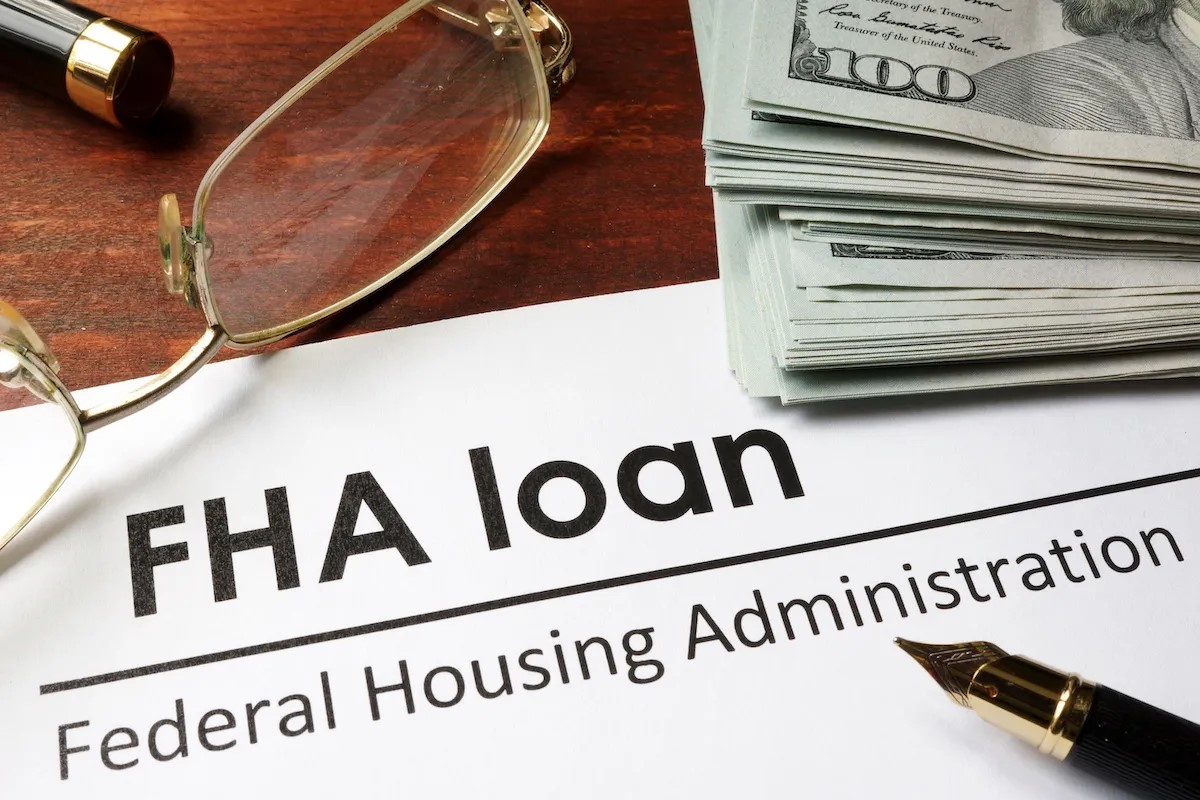


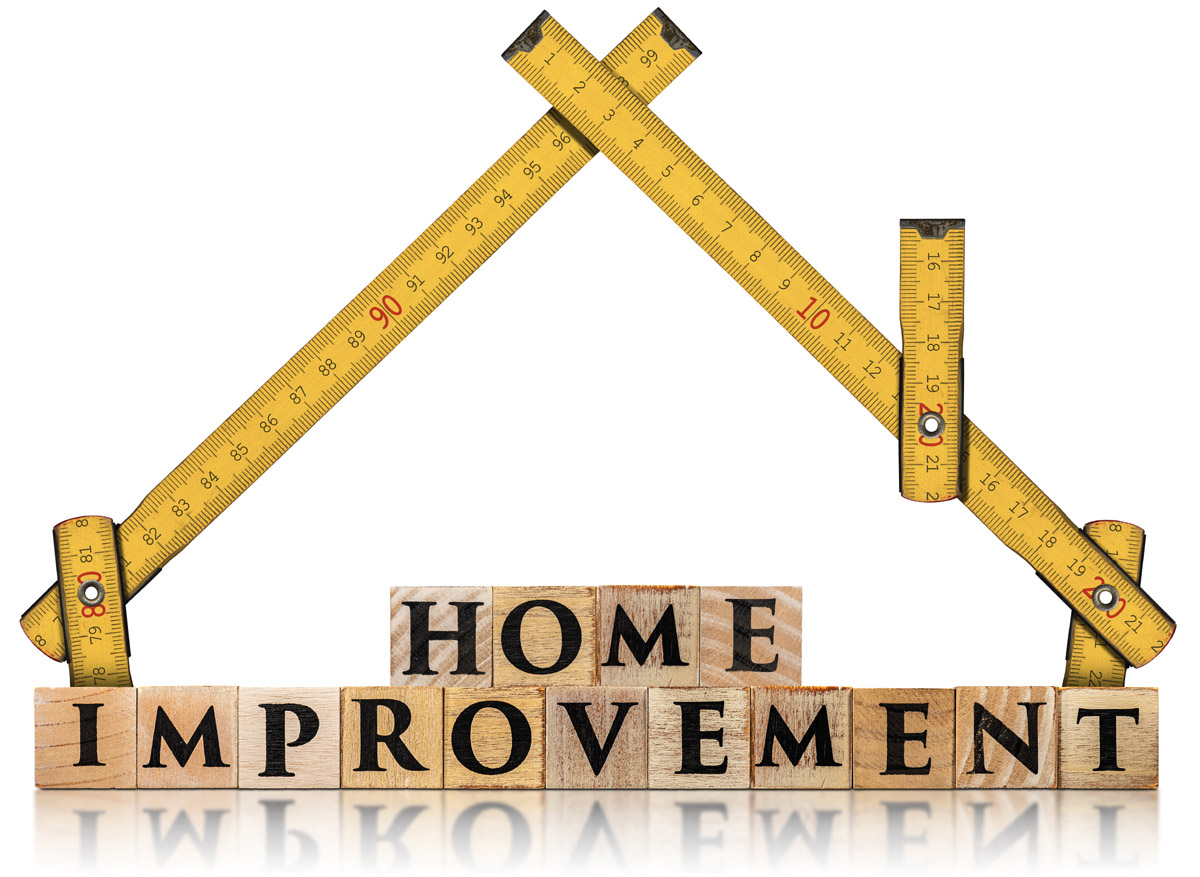
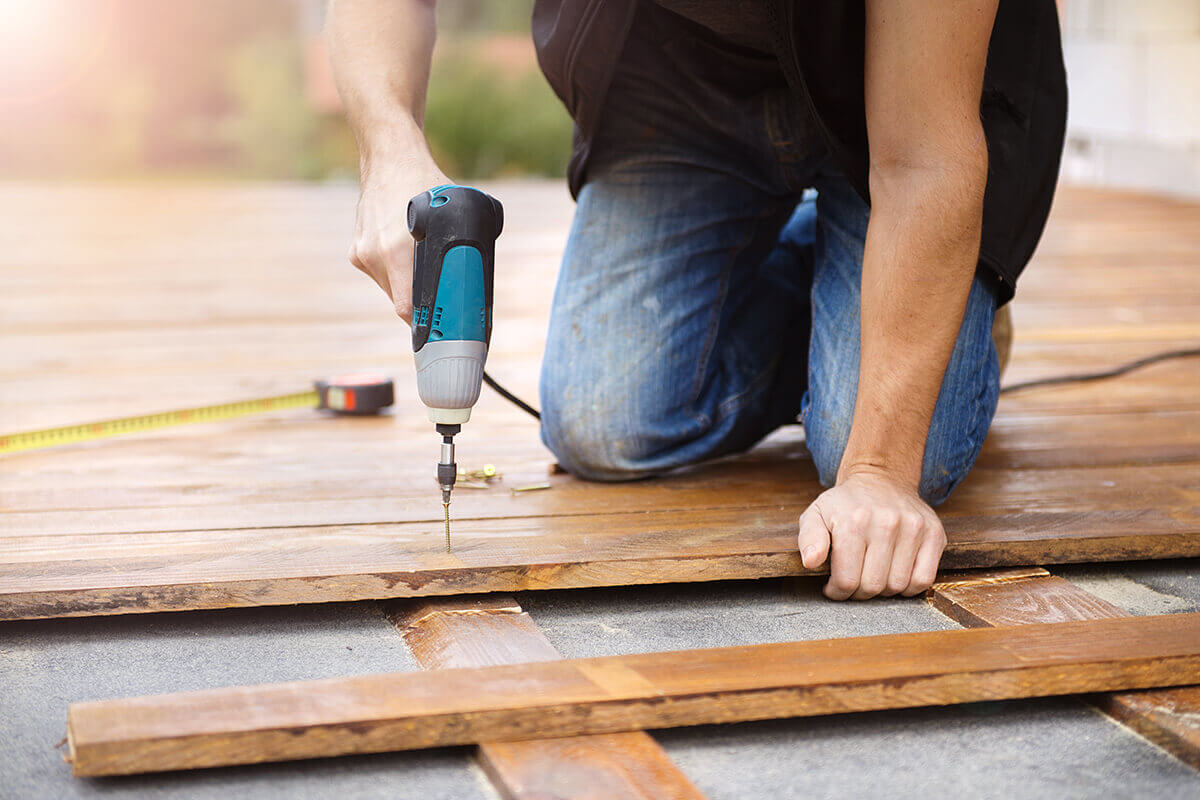
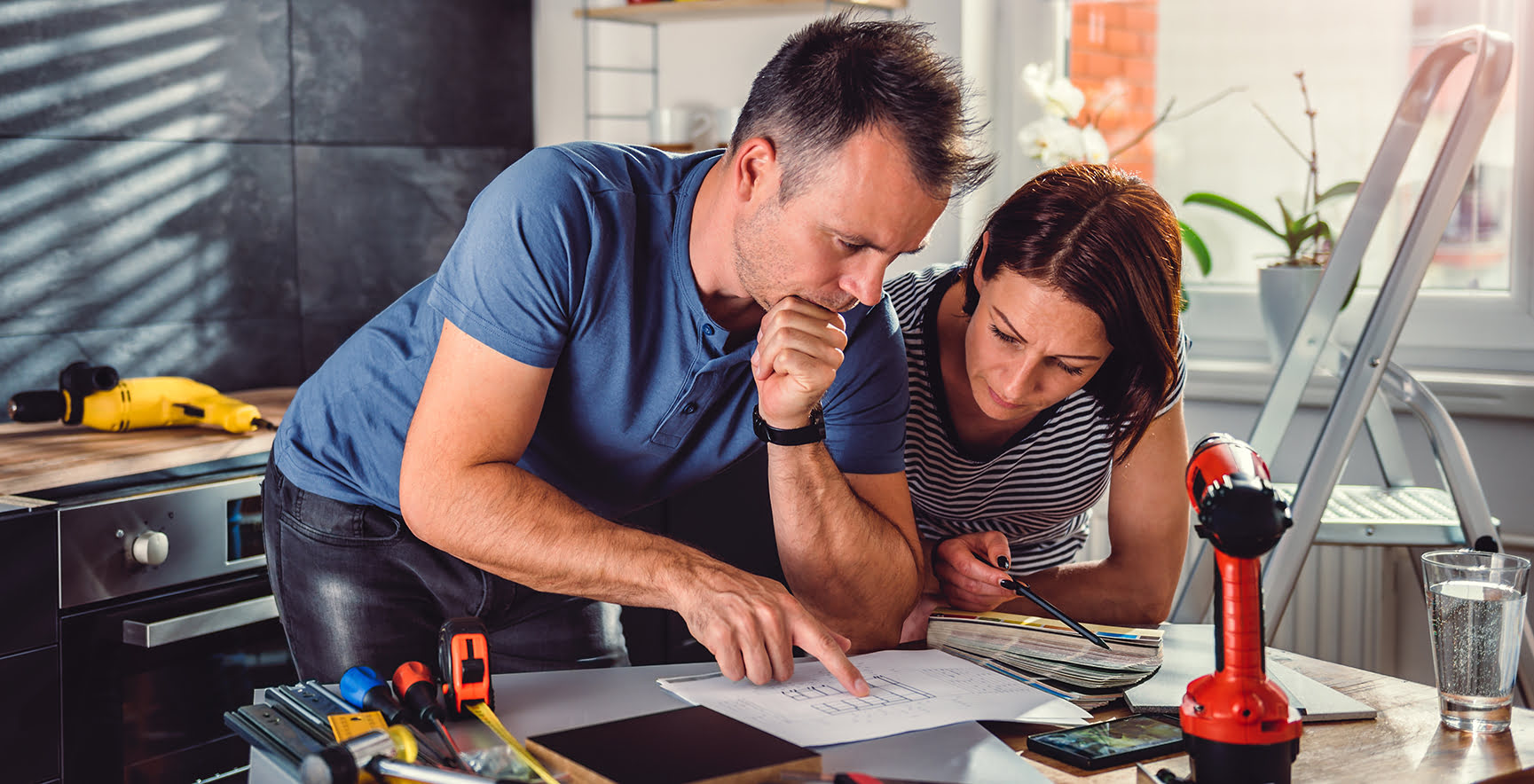
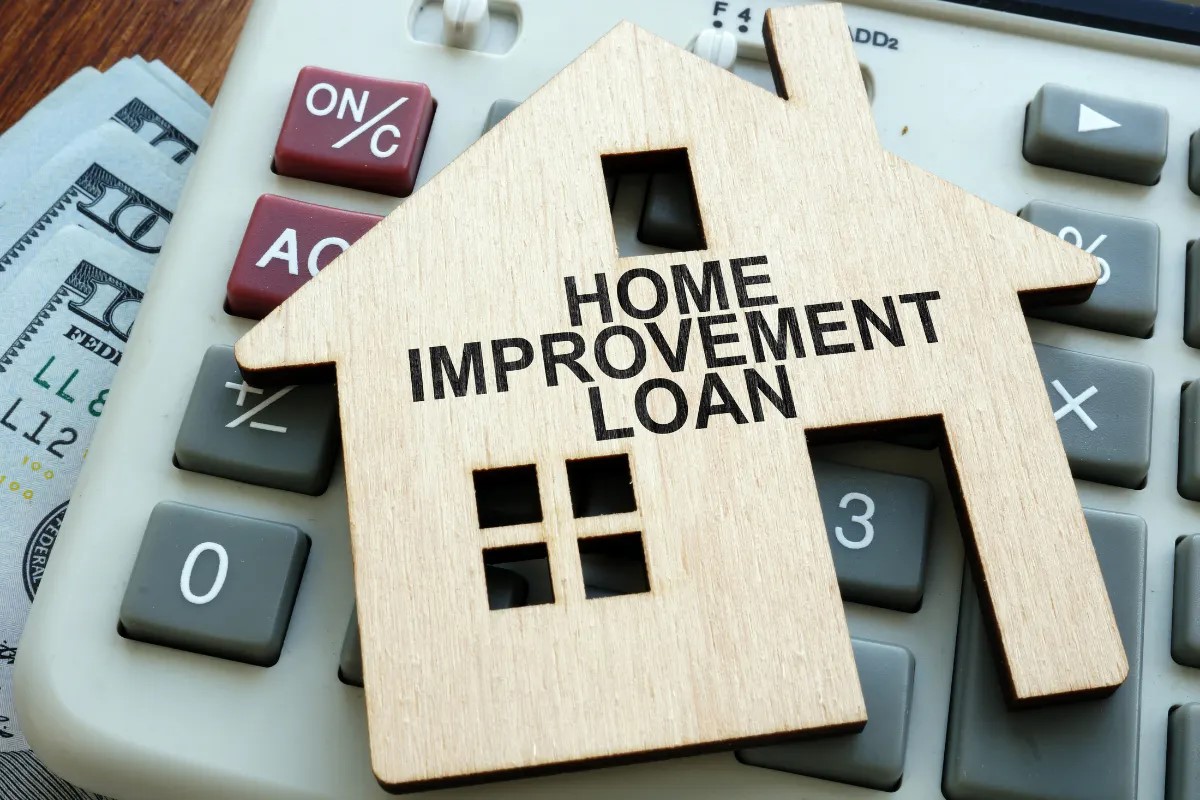


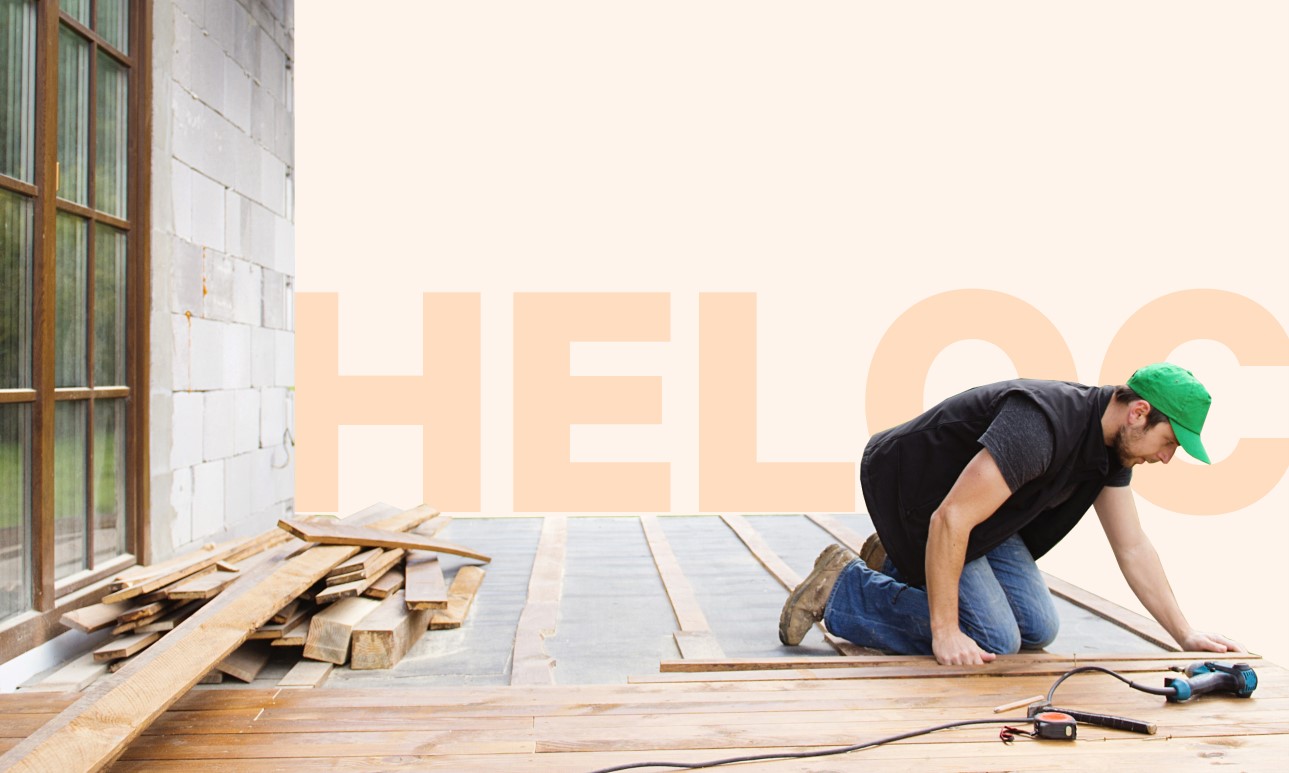




0 thoughts on “How To Qualify For Home Improvement Loan”